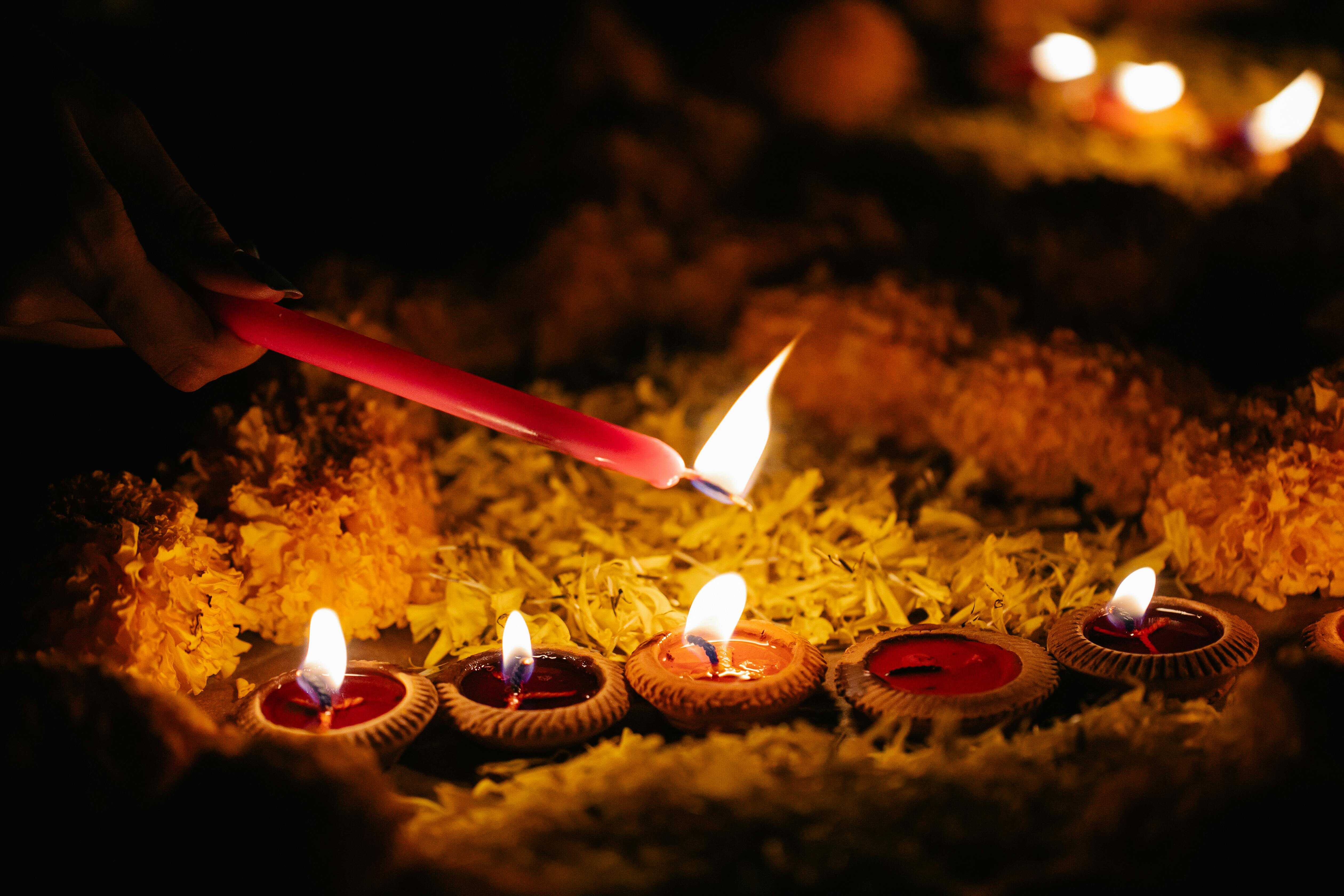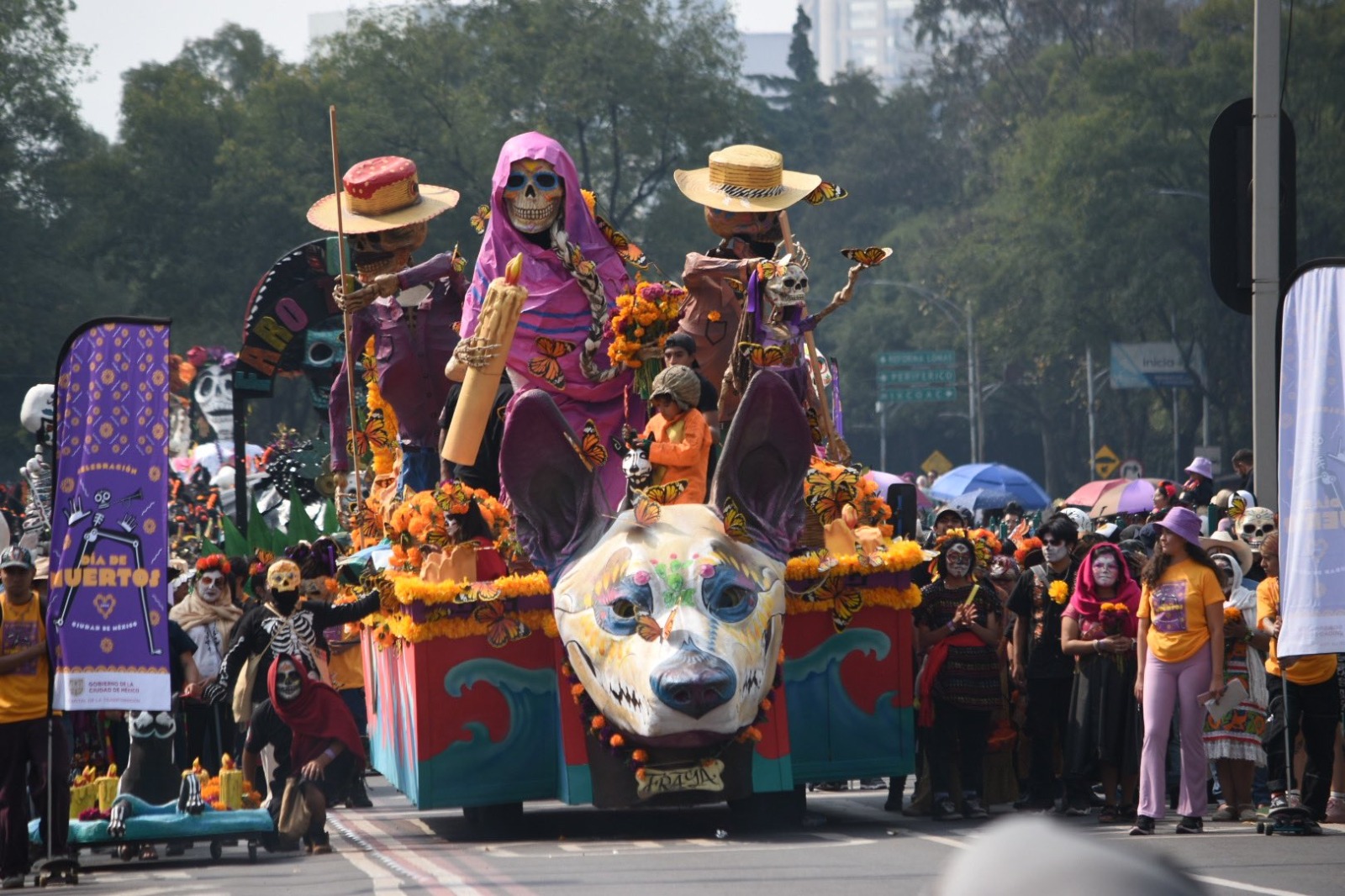A celebration of life and remembrance that transforms all of Mexico into a unique destination.
Experience one of the most magical celebrations in the world: Day of the Dead at the end of October and beginning of November in Mexico.

Visiting Mexico between the end of October and the beginning of November means experiencing one of the most magical celebrations in the world: Day of the Dead. More than just a tradition, it's a vibrant festival of color, remembrance, and life, where each state brings its own unique touch. In Oaxaca, the streets come alive with parades, monumental altars, and candlelit graves in Xoxocotlán. In Michoacán, the Purépecha communities of Pátzcuaro hold night vigils by the lake, surrounded by candles and marigold flowers. Mexico City dazzles with Catrina parades, giant altars in the Zócalo, and the famous Alumbrada in Mixquic. In San Miguel de Allende (Guanajuato), the La Calaca Festival blends art, music, and parades full of creativity. If you're looking for unique traditions, in the Huasteca region (Hidalgo, Veracruz, San Luis Potosí, Tamaulipas), Xantolo is celebrated with days of music and dance. In Pomuch, Campeche, families clean and decorate their loved ones' bones as an act of love and remembrance. Every place offers a different way of understanding the relationship with death—always through joy and memory. Traveler tips: Respect the spaces: in many towns, the celebration is intimate—ask before taking photos. Try the food: pan de muerto, tamales, atole, and the traditional dishes of each region. Join in: visit cemeteries, take part in papel picado workshops, marigold fairs, or Catrina parades. Day of the Dead isn’t just something to watch—it’s something to feel and live. In Mexico, memory blooms in every altar, every candle, and every story shared.

Celebrate the Day of the Dead in Mexico!